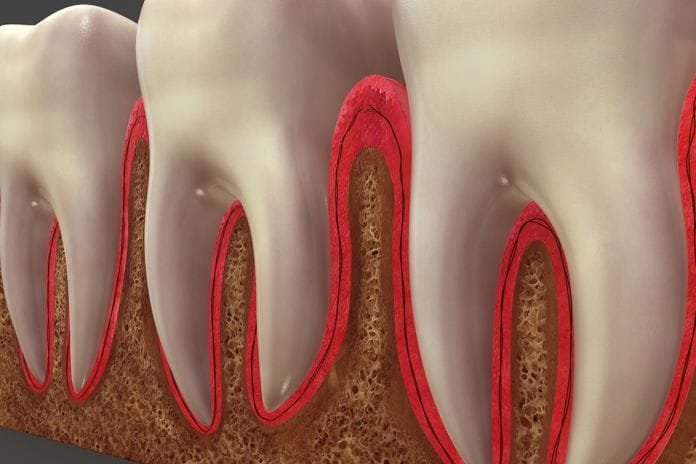It seems like science fiction, but researchers at The University of Nevada Las Vegas have developed a method for the harvestation of viable, preservable stem cells from tooth root pulp. The stem cells are then multiplied in Petri dishes and frozen for possible future use to treat any number of chronic illnesses.
The multidisciplinary research team at UNLV has worked diligently to develop a stem cell extraction technique–primarily from wisdom teeth–that does not shatter the surface of the tooth such that root pulp harvestation is minimal. A method was developed using a dental clamp to hold the tooth in place for a tool developed by an engineer at UNLV could score the surface of the tooth to reduce or eliminate surface fracturing.
This research is hopeful and groundbreaking news for both the dental profession as well as regenerative disease treatment in general. Dental pulp stem cells (DPSC’s) are capable of differentiating into a variety of cell types especially odontoblasts, osteoblasts, adipocytes, corneal epithelial cells, melanoma, and insulin-secreting beta cells. The key to successful cell differentiation is to harvest the DPSC’s while the patient is relatively young, preferably before age 30. In addition to the multiplication of stem cells from root pulp alone, preservation of entire teeth (including the pulp is offered by many companies available to the dental profession for these processes. Baby teeth and wisdom teeth show the most promise for both stem cell replication and whole tooth preservation.
It is important to note that the use of DPSC’s to treat chronic illness is still in the research phase. There are currently no stem cell therapies using DPSC’s. That is not to say that viable uses of dental pulp stem cells are not within reach. There is much research in the therapeutic use of these particular stem cells as stem cell therapy, in general, has proved so promising. Most promising is that stem cells derived from root pulp are capable of forming pluripotent (able to form all adult cell types) and multipotent (able to form specific specialized cell types).
In addition to the multiplication of stem cells from root pulp alone, preservation of entire teeth (including the pulp is offered by many companies available to the dental profession for these processes. Baby teeth and wisdom teeth show the most promise for both stem cell replication and whole tooth preservation. For many dental patients, this is an important ethical consideration. Many stem cell therapies use embryonic stem cells which are fraught with ethical concerns.
Stem cell therapy treats a wide range of chronic illnesses that were heretofore thought untreatable beyond symptom therapy. Potential illnesses treatable with DPSC’s include (but are not limited to) the following:
- Oral and maxillofacial defects caused by trauma or congenital disease. DPSC’s ability to form osteoblasts shows great promise for new bone formation.
- Damaged tooth replacement–It is within the realm of possibilities that stem cells derived from root pulp could be used to grow new tooth formation (whole or partial.
- Neurodegenerative diseases–including Parkinson’s Disease, Alzheimer’s Disease, and Huntingdon’s Disease and Multiple sclerosis–Specifically behavioral manifestations and neurological degeneration caused by these diseases.
- Ischemic heart disease–DPSC’s are capable of forming new blood vessels.
- Hepatitis and other liver diseases–The ability of DPSC’s to form pluripotent stem cells allow them to be a potential source for these highly sought-after cells that successfully cause healthy cell regeneration in the liver.
- Macular degeneration–There are existing pre-clinical therapies using stem cells derived from other tissue sources to treat this However, dental pulp shows the most promise as the cells do not need extensive genetic modification to manipulate stem cell DNA to effectively treat this disease.
- Bone disease–Especially craniofacial defects.
- Traumatic brain injury–Stem cells are capable of stimulating the growth of new neurons and also have properties that reduce inflammation within the brain.
Dental pulp stem cells are so encouraging because they have the potential to differentiate into so many different kinds of cells. Stem cell therapy for chronic disease is based on the fact that stem cells “trick” localized cells in damaged tissue to begin the cellular repair process.
Dental pulp and whole tooth preservation for future use in the treatment of chronic disease is promising and therefore gaining popularity in dentistry. It is worth considering offering a brochure to patients that outline options for this technique. Also, there are opportunities to participate in clinical trials using DPSC’s.











